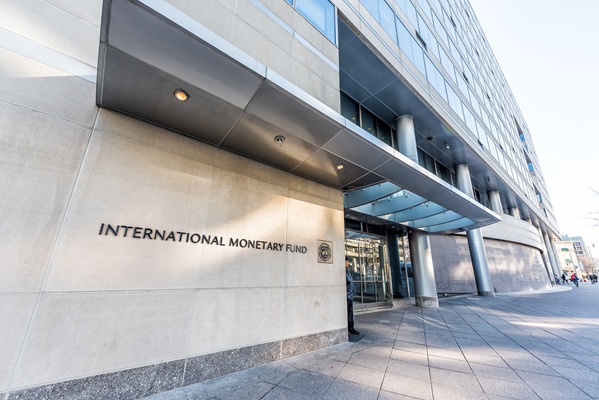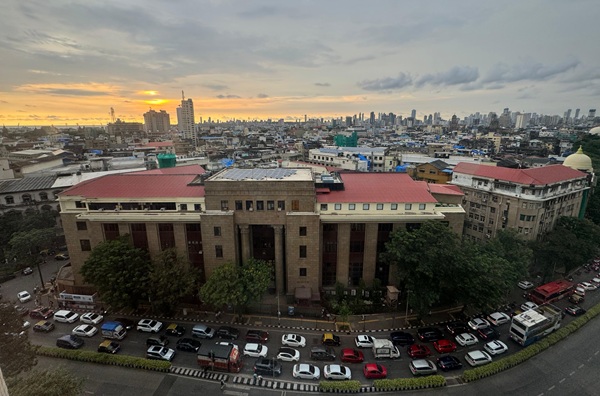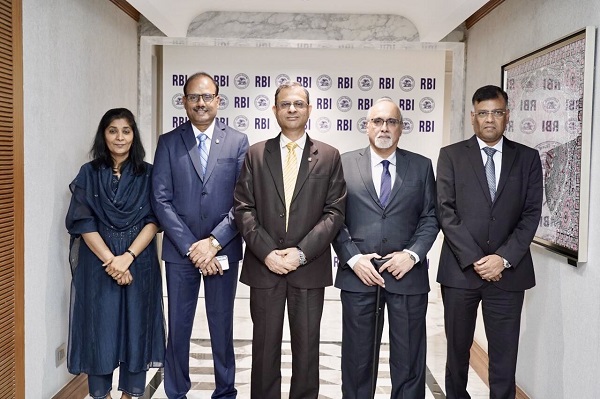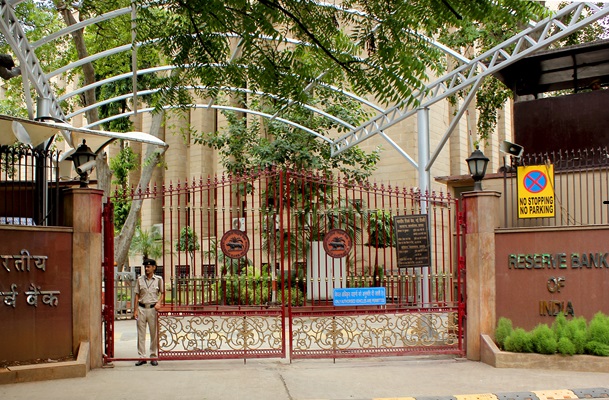.png)
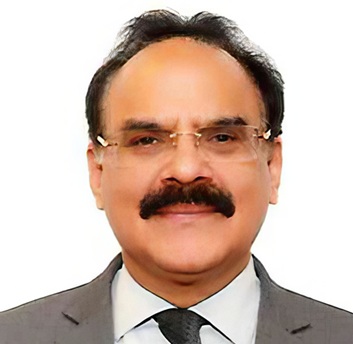
By Arvind Mayaram
Dr Arvind Mayaram is a former Finance Secretary to the Government of India, a senior policy advisor, and teaches public policy. He is also Chairman of the Institute of Development Studies, Jaipur.
October 2, 2025 at 6:08 AM IST
In September 2009, writing in the columns of a pink daily, I had argued that “A painful re-balancing of Chinese and US economies is in order.” The global financial crisis had just shaken the world. At the Pittsburgh Summit, the G20 placed itself at the centre of economic governance and promised that the IMF would monitor whether national policies were aligned with long-term global stability.
For the first time, emerging economies such as India, Brazil, and South Africa were no longer considered peripheral. The G20 displaced the G8 as the key forum. There was a sense that the global system might finally work more fairly.
Yet even then, I had advised caution. The IMF had long been a disciplinarian for developing nations—demanding tariff cuts, privatisation, and austerity in return for loans. Joseph Stiglitz, in Globalisation and Its Discontents, had shown how these conditions often served advanced economies. Could the same IMF suddenly hold the US and Europe accountable?
Fifteen years later, the answer is sobering. The IMF has issued a steady flow of Article IV reports, fiscal monitors, and World Economic Outlooks. However, when it comes to disciplining advanced economies, it has been more of a commentator than a referee.
Advanced Evasion
The United States is a prime example. Its fiscal deficit in 2023 stood at 6.5% of GDP, with debt projected to exceed 137% by 2030. If such numbers came from a developing country, the IMF would have imposed severe conditionalities. For Washington, they elicit little more than polite caution.
Europe, meanwhile, has struggled with anaemic growth. Since 2010, the eurozone has averaged only 1.4% growth, weighed down by demographics and rigid labour markets. Its share of global GDP has shrunk from a quarter in 2009 to under 18% today. Reforms are repeatedly urged, rarely delivered.
China has adjusted more than most. Its current account surplus has narrowed to 1.5% of GDP, social spending has expanded, and the renminbi has been admitted into the IMF’s Special Drawing Rights basket. Yet its rebalancing remains incomplete: household consumption still accounts for less than 40% of GDP, and total debt—above 280%—casts a long shadow.
India’s Contrasts
The gross savings rate is about 30.7% of GDP (as of 2023-24), but household savings have slipped to 18.1%. Gross fixed capital formation remains at around 30–31%. However, manufacturing investment is subdued, exports are narrowly based, and the fiscal deficit remains around 5% of GDP.
The social fault lines are starker. Inequality has widened sharply, with the top 1% cornering 22.6% of income in 2022-23—the highest in modern times. Unemployment is a persistent worry: official surveys report 3.2% in 2023-24, but private estimates suggest closer to 7%. India has achieved much, but the promise of broad-based rebalancing has not yet materialised.
From Pittsburgh to Protectionism
For emerging economies, the reality is harsher still. Indian exports, ranging from textiles to seafood, face punitive tariffs of up to 50% today. Protectionism, once feared as a threat, has become entrenched as policy.
It is no surprise that frustration with this imbalance has fuelled the rise of BRICS. IMF reform has stalled: the US still holds 16.5% of voting power and an effective veto, while China holds 6% and India just 2.6%. In response, the BRICS established the New Development Bank in 2014. In under a decade, it has financed more than $30 billion in projects.
Discussions on reserve pooling and even a BRICS currency underscore a deeper reality: emerging economies no longer wish to wait indefinitely for Bretton Woods to reform itself.
Human Cost
Within advanced economies, too, inequality has continued to widen. The post-crisis recovery disproportionately rewarded the top one percent, fuelling political polarisation and social discontent.
So where are we, fifteen years after Pittsburgh?
The United States refuses fiscal discipline. China hesitates to shift decisively to a consumption-driven economy. India has not completed its transformation. Europe remains stuck in slow growth. And the IMF continues to straddle an impossible line—expected to monitor but unwilling, or unable, to enforce.
The G20 was meant to act as a steering committee for the global economy. Instead, it is fragmented, its cooperative spirit hollowed out by rivalry and tariffs. Shared prosperity, once promised, remains out of reach.
Unfinished Agenda
Unless that happens, multilateralism will continue to erode, and the burden of instability will once again fall on those least responsible. Without fairness, there can be no lasting stability. With the shadow of climate-fuelled catastrophe looming larger by the day, there’s very little time before the world reaches a point of no return.
And yet, fifteen years on, there is still no light at the end of the tunnel.
